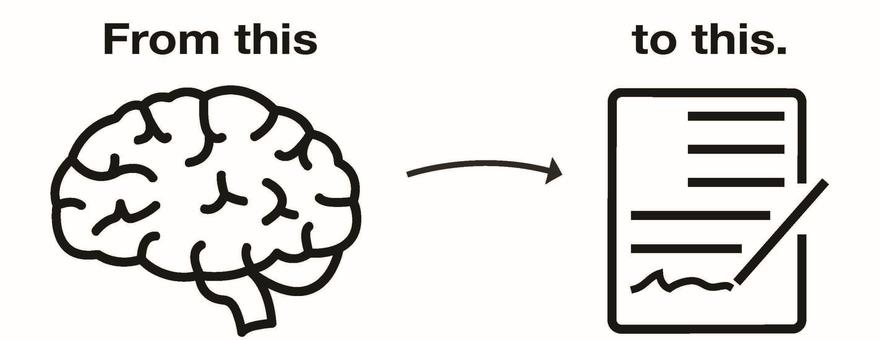
Academic voice is a difficult concept to capture, and in most cases, is not a topic of direct instruction. In part, this difficulty stems from competing senses of what voice means: Is it personal expression of the writer, a conventional scholarly tone owned by a discipline, or both? Although experienced readers can tell when a piece of academic writing sounds ‘wrong’ (perhaps too descriptive, too informal, too stilted, or too oblique), we might be hard pressed to identify which features of the writing contribute to the sense.









Posted by Daniel Emery // // 0